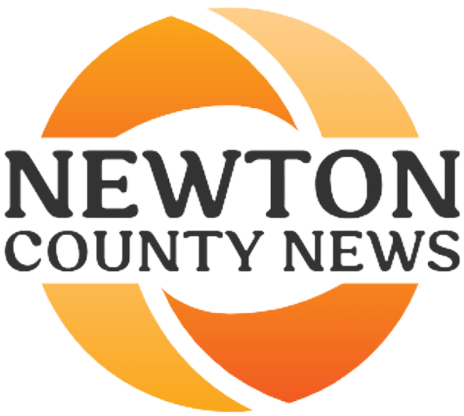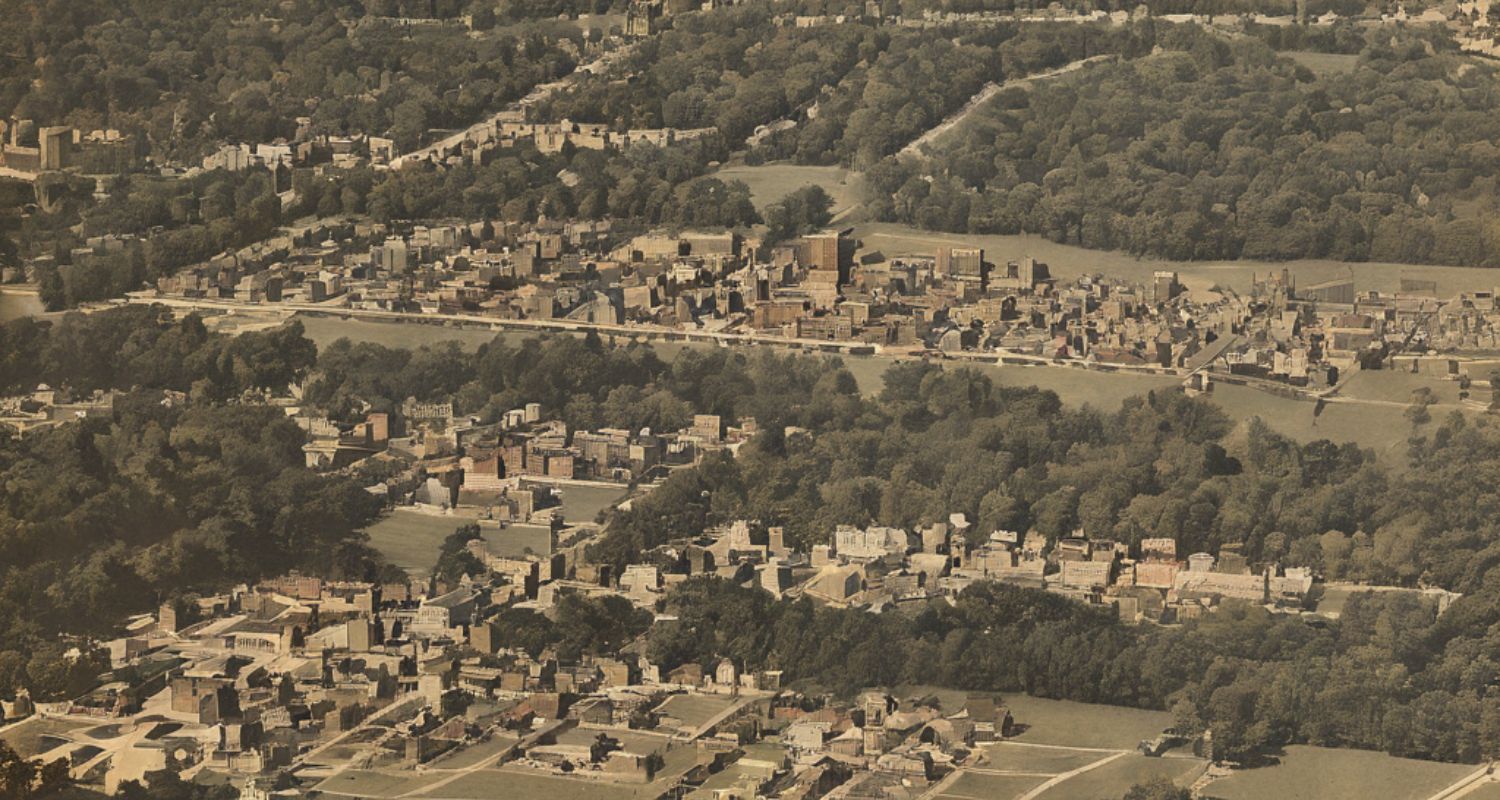In Pennsylvania, three cities have launched a program offering free land to individuals willing to invest in and nurture their communities, reminiscent of the homesteading era. This initiative, while facing challenges such as infrastructure development, access to essential services, and economic viability, presents opportunities for innovation and entrepreneurship.
The program emphasizes sustainability, encouraging eco-friendly practices in property development to harmonize with broader environmental conservation efforts. Aspiring farmers can connect with landowners through the Land-Linking Database PA Farm Link, a platform dedicated to linking those with land to offer with those eager to establish their agricultural ventures.
This program not only promotes community development and agricultural growth but also aligns with the pioneering spirit that has long defined the nation.
Reviving Communities Through Land Redistribution
At its core, the initiative seeks to rejuvenate declining populations and stimulate local economies. By extending parcels of land at no cost, these cities are attracting a diverse array of individuals and families eager to establish roots and infuse fresh vitality into these regions.
Embracing Sustainable Urban Development
The free land program in Pennsylvania emphasizes sustainability, encouraging prospective landowners to prioritize eco-friendly practices in their property development. This commitment to sustainability ensures that the expansion of these communities aligns with broader environmental conservation efforts.
By promoting environmentally responsible development, the program fosters a sense of stewardship and responsibility towards the land, contributing to the preservation of natural resources for future generations.
This approach not only benefits the environment but also enhances the quality of life for residents, promoting a healthy and sustainable way of living.
Navigating Challenges and Seizing Opportunities
While the appeal of free land is undeniable, it also presents its own set of challenges. Infrastructure development, access to essential services, and economic viability are crucial considerations for prospective residents. However, these obstacles can also serve as fertile ground for innovation and entrepreneurial ventures.
The process of building a community from the ground up requires creativity, resourcefulness, and a strong sense of collaboration.
For those willing to take on these challenges, the prospect of free land presents an opportunity to redefine the quintessential American Dream, one that emphasizes communal solidarity, environmental stewardship, and the pioneering spirit that has long shaped the nation.
Conclusion
Pennsylvania’s free land program, known as the Land-Linking Database PA Farm Link, offers a unique opportunity for aspiring farmers to connect with landowners and establish their agricultural ventures.
This initiative goes beyond mere property acquisition, embodying principles of communal solidarity, environmental stewardship, and the pioneering ethos that has long defined the fabric of the nation.
By bridging the gap between landowners and entering farmers, the program aims to cultivate the future of agriculture in Pennsylvania, with a focus on preserving farmland and promoting sustainable agricultural practices.
The program’s success is evident in the numerous matches between farmers and landowners, resulting in conversations, negotiations, and successful partnerships.
Frequently Asked Questions
1. Who qualifies for participation in the free land program?
Eligibility typically hinges on factors such as U.S. citizenship or permanent residency status, financial stability, and a commitment to adhere to local development regulations.
2. What are the stipulations regarding land development?
Recipients are generally required to erect a primary residence within a specified timeframe and may need to conform to specific architectural standards to preserve the aesthetic appeal of the area.
3. Are there any hidden expenses associated with acquiring the land?
While the land itself is provided at no cost, recipients bear responsibility for property taxes, utility installations, and any construction expenses tied to land development.
4. Can the allocated land be utilized for commercial endeavors?
Permissible land usage is contingent upon the zoning regulations established by each city. Some areas may permit commercial development, while others may designate the land strictly for residential purposes.
5. How does the program contribute to the advancement of participating cities?
The influx of new residents fosters heightened economic activity, bolstered property valuations, and an expanded tax base. These outcomes, in turn, facilitate enhancements in local infrastructure and services, fortifying the overall vitality of the communities involved.

